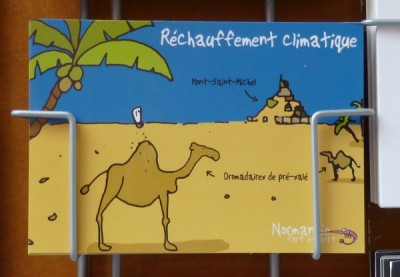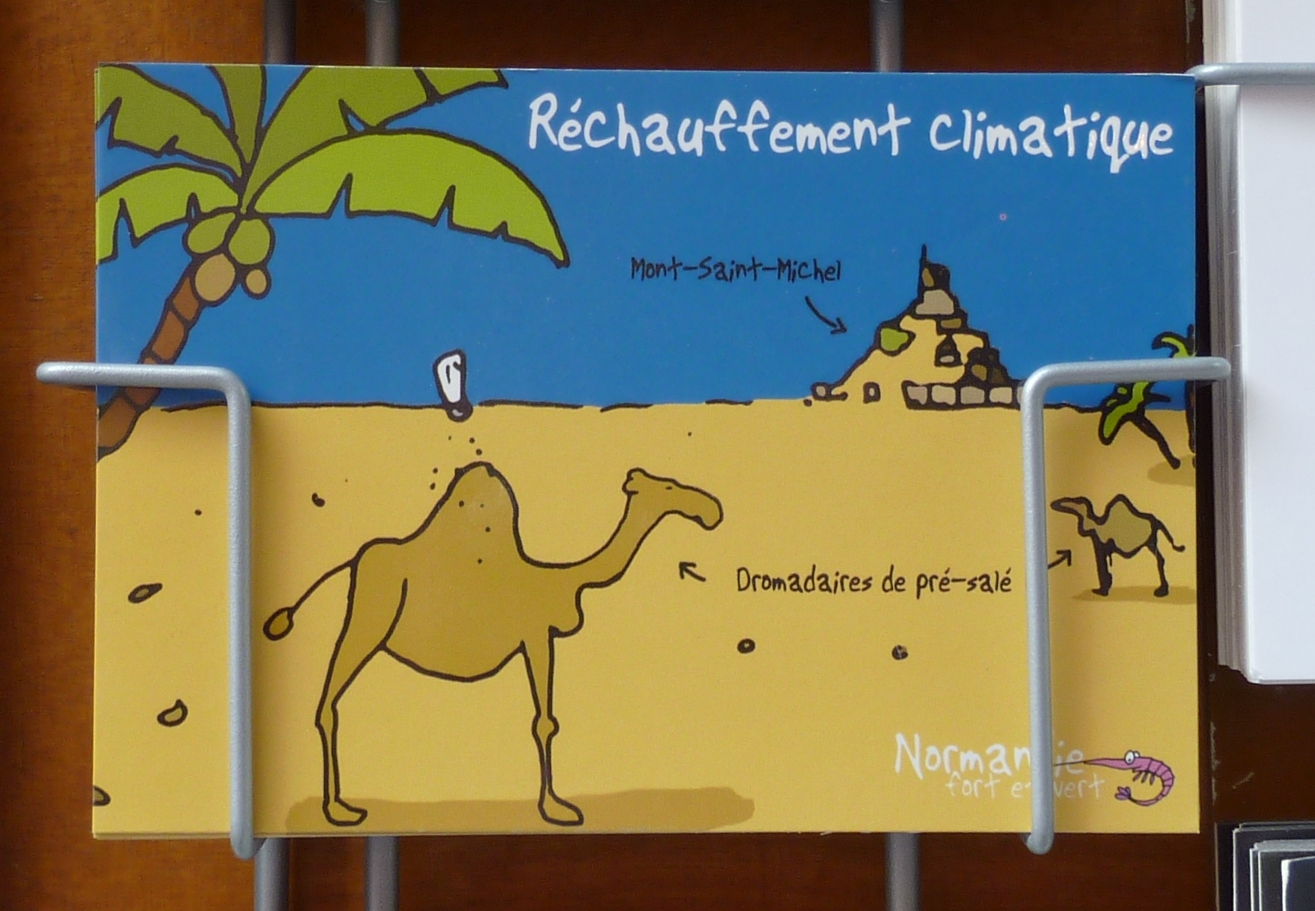 Restoring the natural topography around Mont St Michel will result in a sandy stretch at low tide, prompting locals to suggest sand and eventual climate change will replace the region’s famous “pre-salted” lamb with pre-salted camel.Tim BromfieldThe lambs gambling in the meadows around Mont St Michel have a hard life. Grazed on the bay’s low-lying salt marshes, periodically drenched by seawater and then blown dry by the salty winds that whip off the English Channel, they are considered pre-salted long before they reach the chef’s pot.
Restoring the natural topography around Mont St Michel will result in a sandy stretch at low tide, prompting locals to suggest sand and eventual climate change will replace the region’s famous “pre-salted” lamb with pre-salted camel.Tim BromfieldThe lambs gambling in the meadows around Mont St Michel have a hard life. Grazed on the bay’s low-lying salt marshes, periodically drenched by seawater and then blown dry by the salty winds that whip off the English Channel, they are considered pre-salted long before they reach the chef’s pot.
The lambs’ high consumption of salt results in a tender and juicy meat, served up as a delicacy in the local restaurants. Regrettably for gourmands, the French government has drawn ranks to fight back the salty conditions that produce this mythic dish.
Mont St Michel is France’s most popular tourist attraction outside Paris. Tourists flock to admire its ethereal beauty, shrouded in sea mist and cut off from the mainland by the sea. However, this Arthurian vision is threatened by the very industry that champions it.
The causeway and car park that make the island accessible to more than 3 million tourists a year have disrupted the natural process of erosion in the bay. The sea is unable to circulate around the island, preventing the scouring of silt, causing the bay to fill with sediment. This is compounded by the loss of coastal flats, polderised to create pasture for the ready salted lambs, which has brought the mainland and the mount closer together.
If left untouched the site’s marine environment will be irretrievably lost within 30 years. The locals joke that in the new, sandy environment the only delicacy that will reach the table will be pre-salted camel.
Project Mont St Michel is a new scheme to exclude cars from the site and recreate the rock “amid a seascape of sands constantly reshaped by tidal and river water.” The plan includes the removal of the causeway and car park to allow the tidal and river currents to swirl around the mount uninterrupted. The bay will be dredged and a new dam built to flush out the sediment.
As a result the sea bed will be lowered by 70 centimeters, and 50 hectaires of salt marsh will be reclaimed by the sea. As is generally the case when man takes on nature, the victory will be short lived (in nature’s terms at least). The process of sedimentation in the bay will continue, and in a couple of centuries, unless rising sea levels intervene, Mont St Michel will once again be left high and dry.
The salt meadow lamb, however, will taste just as good.


